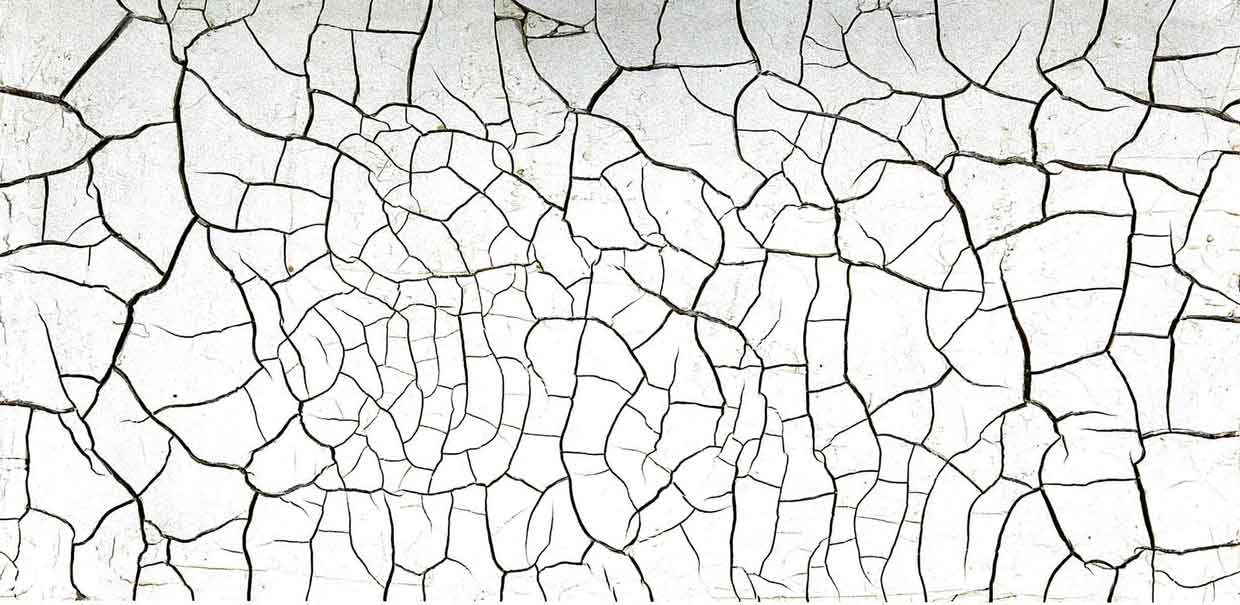The territory of Promano (the small town in the municipality of Città di Castello where Residence Pettinaro is situated) is along the river Tiber and the main roads of central Italy, and since always it has been representing a place of great value. During the protohistoric age, the hills all around were already the location of upland settlements to guard the main communication ways in the area, among which was the Tiber, which was navigable in ancient times. But, it is clear that the Etruscan age (from the 8th century BC onward) represented the first great step of development in this territory, which, as the whole Tiber Valley, became the border between the Etruscan and Umbrian population. Scholars define the close area of Trestina “one of the great gates to the Etruscan territory”, a strategic commercial place between the Adriatic region and the inner Etruria: today it is possible to see at the Etruscan Academy Museum of the City of Cortona (MAEC) the remains of rich prince-warriors’ tombs, discovered in the area.
During the rise of the Roman dominance, the countryside around Promano changed, too. In this moment, the important town of TIfernum Tiberinum (today Città di Castello) represented the most influential centre. Thus, in the whole territory emerged more or less rich residences, the so-called villae. The remains of an important structure of this kind have been discovered in Santa Maria di Sette (a locality near Pettinaro), and today they are exhibited at the Museo Civico di San Francesco (Montone). One or more similar residences had to be built in Promano, as well, and its name could derived from and ancient land-owner of the Roman period (Primius?). However, the most important location in the territory is without doubt the Pliny the Younger’s villa in Tuscis, discovered in San Giustino (near Città di Castello) that today is a museum. This was the favourite abode of the Roman writer and politician, nephew of the famous scholar and naturalist Pliny the Elder, who died in 79 AD, during the eruption that destroyed Pompei and Ercolano.
As the whole Upper Tiber Valley, during the Middle Age this area remained a crossroads between the North and the South, the East and the West. In the first medieval period, not far from Promano the borderline between the Byzantines and the Lombards was reinforced. Thus, many fortresses and a lot of churches rose up, and these latter are the ancient proof of the Christianity spread in the Umbrian countryside. Talking about holy, the history of these places is strongly linked to the life of Saint Francis, who passed here to reach La Verna, where he got the stigmata in 1224.
During the Middle Age and the Renaissance the important families of the Upper Tiber Valley spread their power: the Vitellis (Città di Castello), the Fortebraccis (Montone) and the Bourbon del Monte (Monte Santa Maria Tiberina). The medieval commune age, in particular, coincides with an increasingly exigence of hegemony by Città di Castello on the wide neighbouring dominions (Arezzo, Perugia, the Montefeltro), while in the territory of Umbertide (on the South of Promano) the dominance of Perugia became stronger and a thick network of churches and abbeys was set up. In this way, the territory organizes itself in small medieval hamlets, which were the evolution of ancient fortresses often built on roman or even protohistoric pre-existences. Everything was interposed by wonderful shrines and suggestive religious places.
Maybe, it is the unique atmosphere that you can experience in the Upper Tiber Valley still today, that, during the modern and contemporary times, makes this territory the homeland of worldwide famous artists such as Alberto Burri and the actress Monica Bellucci. Apart from art, all the handicraft forms find here a harmonious balance: the fascinating world of the textile industry as well as that of typography and graphics are today the point of strength of this incredible region, where the legacy of a really ancient “know-how” perfectly coexists with the contemporary world and its peculiarities.





